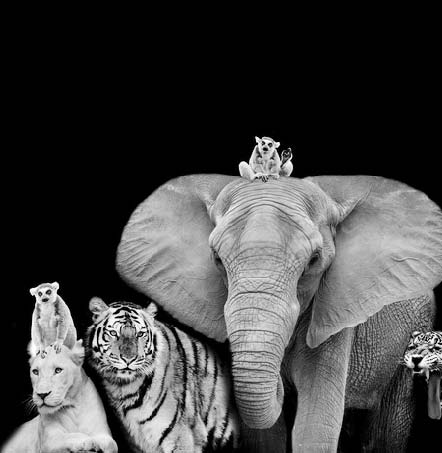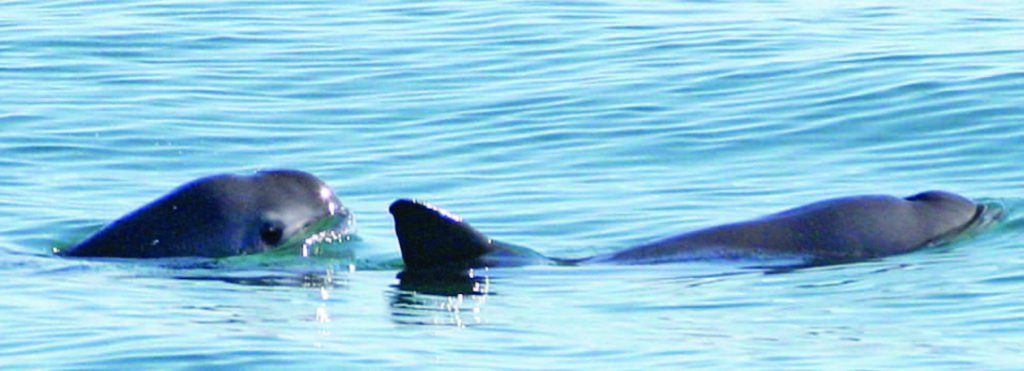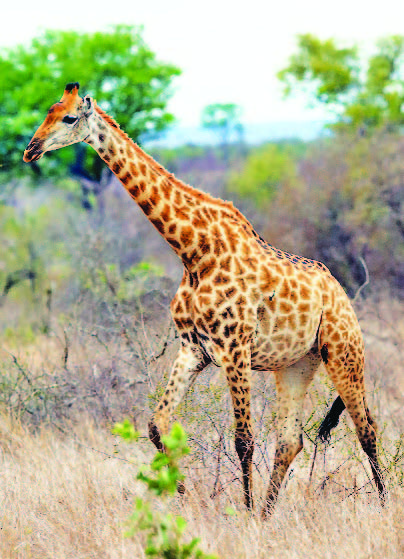Previously, we talked about a handful of animals who bid their final farewell because of the first mass extinction event on earth caused by humans. This time, let’s talk about the animals who can still be spared from the same fate.
It’s time to pull the brakes while we still can.

Humans versus animals?
Scientist Stuart Pimm and colleagues said in a 2014 article for Science that the rate of extinction over the past century was a thousand times higher than the natural extinction rate in earth’s history. The Center for Biological Diversity even estimated that by 2050, 30 to 50 percent of our animals may become extinct.
In other words, many animal species are becoming extinct and are disappearing fast, most likely because of humans.
Why are we to blame?
These are some of the events that have caused animal extinction in the past. Notice how they’re due to human activities.
1. animal habitat destruction from deforestation and land developments
2. overfishing
3. hunting and poaching
4. introduction of invasive species
5. pollution, 6. climate change
Almost Gone
Listed below are a few animals declared “critically endangered” — in other words, they’re very close to extinction.
1. Vaquita
Vaquita are dolphin-like porpoises who live in the Gulf of California, according to Drew MacFarlane’s 2019 article for The Weather Channel. They are the world’s smallest and rarest marine mammal. Their population drastically dropped by 92 percent due to illegal gill-net fishing of totoaba fish wherein vaquita die drowning as bycatch.

Whale and Dolphin Conservation recorded less than 30 wild vaquita left in the wild. According to World Wildlife Foundation, it is possible that they will become extinct very soon.
2. Kordofan Giraffes and Nubian Giraffes
Giraffes were once abundant in Africa but their numbers have been decreasing towards extinction recently. In November 2018, two subspecies of Giraffes were listed as critically endangered — the first time giraffes have ever been listed as such. The director of Giraffe Conservation Foundation said giraffes were currently undergoing “silent extinction”.

Because giraffes are herbivores, they require a certain amount of land to adequately feed. Losing their habitat through agriculture and mining developments as well as poaching has greatly increased their risk of extinction, reported Bradley Fikes in a 2018 article for The San Diego Union Tribune.
3. Bornean Orangutan
In the past 16 years, we lost 150,000 Bornean Orangutans. Three main causes are illegal pet trade and captivity; loss of rainforest through land clearance operations (by fire); and excessive deforestation for industrial-scale agriculture of palm oil and timber plantations.

Only 70,000 to 100,000 orangutans remain and conservationists predict that these numbers may drop to 45,000 in the next 35 years, based on a 2018 EcoWatch report by Alan Knight.
Their road to survival
These innocent animals suffer the consequences of our actions. Not only are they dying, but their species are also at risk of disappearing.
Dwindling numbers of animals are caused by many problems and issues. However, there are many solutions as well. Yes, there are conservation efforts, but those are not enough. The most effective solution is to dampen the demand. Ultimately, humans have to stop the demand for products made possible by the exploitation of animals and their habitats.
Some may argue that capitalists are at fault, but they’re not the only ones. The consumers are creating the demand — consumers are like the fuel while capitalists are the machine. No machine can run on empty.
Instead of making the animals pay the price for our lifestyle choices, we can take the time and effort to find out where the products we use come from, and make sure that we choose products that do the least harm. Additionally, we can influence others to do the same by.
This appeared in Animal Scene magazine’s May issue.






